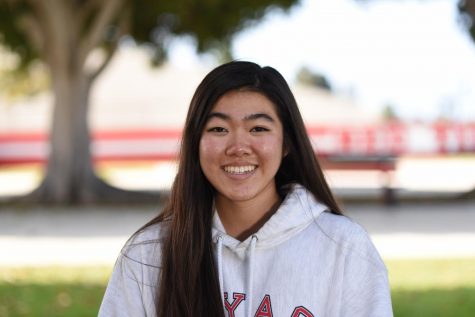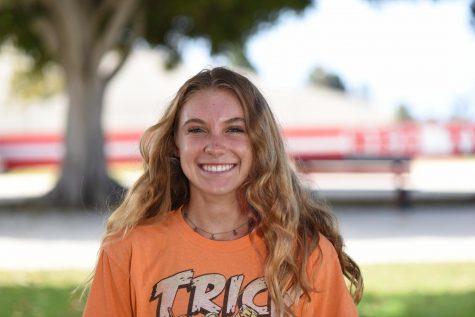A Letter from the Editors
PVPUSD believes strongly in the mission of developing the “whole child” —the obligation to nurture both the academic aspirations and social-emotional growth of every kid in hopes of creating “whole children.” Anxiety and depression are on the rise, kids are feeling the effects of lost connections, and burnout is becoming more and more commonplace.
At the District level, we strongly support a partial-credit policy of at least 50 percent on all turned-in assignments, and the push for an Asynchronous Wednesday at secondary schools. Now is the time for the District and our schools to start picking up the pieces in hopes of rebuilding “whole children” who have found themselves struggling immensely this year.
The inflexibility placed on missing assignments, along with the sometimes sudden onset of due dates and confusing turn-in times, has only compounded the academic anxiety students face during this already distressing time. Giving at least half-credit is in an attempt to prevent a snowball effect: missing assignments pile up and leave a hole in the gradebook that is almost impossible to overcome despite progress later in the semester. We need to prevent students from feeling like they’re in a hopeless situation.
Critics of this policy say that it would only lead students to do the bare minimum. However, academic achievement is in this school’s DNA. Most students aren’t looking to scrape by, and this policy benefits both those who are struggling to meet the passing-threshold and those who are already thriving. Fifty percent is still a failing grade, but it provides the escape route to a passing grade that students deserve.
Students have rallied behind Asynchronous Wednesdays since the beginning of online learning. There is already a precedent for such a schedule in California public schools. Torrance’s West High School and Northwood High School in the Irvine Unified School District already have asynch days or nearly-entirely asynch days implemented.
For many students at PVHS, Wednesday is already at least partially asynch due to teachers opting to instead assign work to be done off camera during that class period.
The proposed asynchronous day has benefits for both student and teacher, as it gives the teacher a necessary break from the screen and opens up more preparation time while allowing students to decompress, catch up or get ahead on schoolwork.
While these two proposals are contentious, the calls for compassion are not. We need to encourage open communication between teachers and students.
Students should feel comfortable making suggestions to their teachers if it means improving their learning environment, and we should be looking out for each other’s mental health.
If we want to start building a better, more whole semester, we need to start from the ground, up.

Sarah Liu, the Editor-in-Chief of The Point, began journalism when she was in 7th grade, starting as a Kid Reporter for Sports Illustrated Kids, profiling...

Claire Hardesty is a junior at Palos Verdes High School and she is the sports editor of this year’s Point staff. She has participated in cross country...